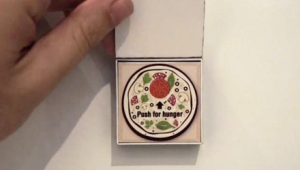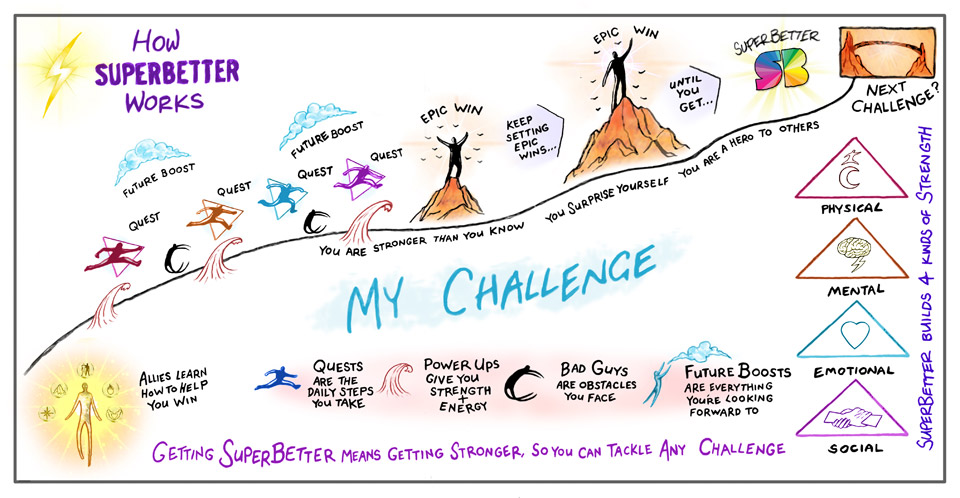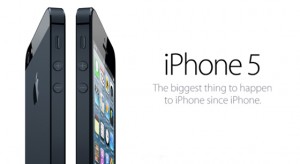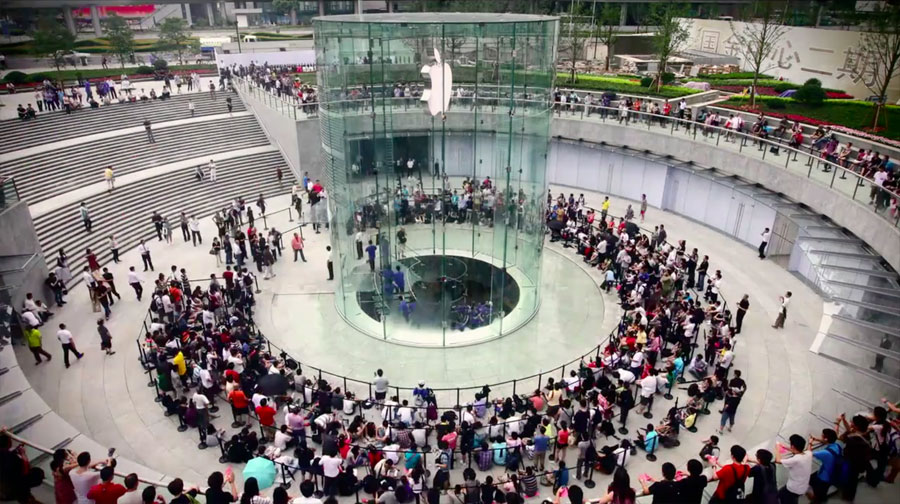Down to the Final Stretch of the Term!
 It’s the last week of the term and it feels bittersweet how all of courses are winding down; gratified at all of the new knowledge I’ve gained, yet worried and stressed about the upcoming finals. In addition, recently finishing off all of the final projects has definitely taken away some of my sleeping time. I’ve noticed that my caffeine intake has increased (partially due to the fact that every other person on campus is carrying Starbucks’ famous red cup). Starting off the holiday season early with their Christmas themed marketing strategies, Starbucks has surely captured attention through its packaging promotions and of course, the red cup challenge.
It’s the last week of the term and it feels bittersweet how all of courses are winding down; gratified at all of the new knowledge I’ve gained, yet worried and stressed about the upcoming finals. In addition, recently finishing off all of the final projects has definitely taken away some of my sleeping time. I’ve noticed that my caffeine intake has increased (partially due to the fact that every other person on campus is carrying Starbucks’ famous red cup). Starting off the holiday season early with their Christmas themed marketing strategies, Starbucks has surely captured attention through its packaging promotions and of course, the red cup challenge.

Worrying about my coffee drinking habits, I made use of an app, Caffeine Zone that was introduced to me while I learned about the Nanny App trend in one of my earlier posts regarding September trends from Trendwatcher’s blog. After trying out the free app, I I’ve become more conscious of my caffeine intake. Before reaching for my mug, I can “ask” the app to evaluate my intended choice. First I enter in whether I will drink coffee or tea, then I choose my predicted consumption speed, the time I will consume the beverage, and then the data will be inputted in my graph. As you can see from the screenshot on the left, the green area is the optimal level of caffeine. Because I previously entered in my personal details, the app analyzes my optimal amount of caffeine for my goal sleep time, and will notify me if my consumption choice will cause me to have inadequate rest.
In response to my classmates Darren and Benedicta‘s discussion that a “fat tax” may be a good way to reduce consumption of unhealthy junk food in their posts, I wonder if a caffeine tax would be beneficial to consumers as well. Raising awareness about managing our caffeine intake would definitely help students who may turn to rely on coffee to get through more studying. I believe that a balanced sleep schedule is just as important for success.
I recommend everyone to try out this free app, Caffeine Zone!
Wish you all the best luck on your final exams~ 🙂









